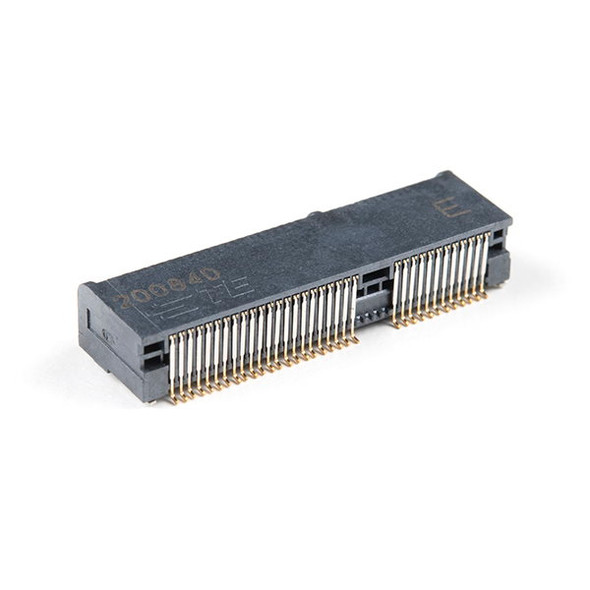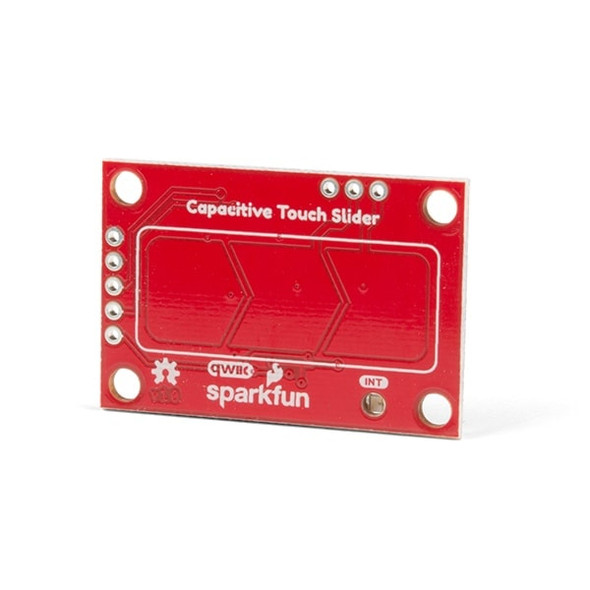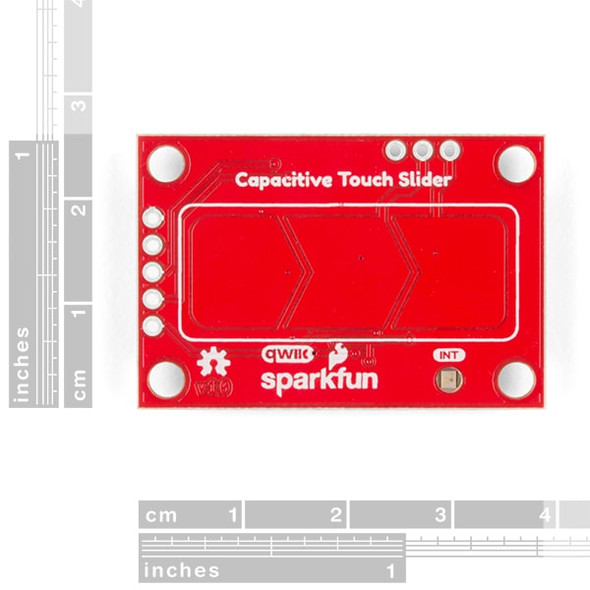Description
Capacitance Meter DIY Kit - SparkFun KIT-09485 Discontinued
This kit includes everything you need to make your very own capacitance meter, able to measure caps anywhere between the range of 500uF to 1pF. Many multimeters are able to measure capacitance, but they’re rarely as precise as a dedicated capacitance meter.
Not only does this product provide a great chance to hone your soldering skills, but you also come out with an accurate, fully functional, capacitance measuring tool.
Assembly is very straightforward, and all components are through-hole. You’ll get a chance to solder a wide range of components such as resistors, seven-segment LEDs, a 28-pin ATmega48 microcontroller, and more! An 8-16VDC power supply is required, but not included.
Features:
- Automatic range switch
- Zeroing available
- Real-time serial output of measurement read-outs with timestamp
- Low cost and easy to build
Specifications:
- About 1% accuracy, <2% error
- Measuring range: 1pF - 500uF
- Power Supply voltage: 8 – 16 DC
- Power Supply current: <30mA
Documents:
How to Assemble:
It is pretty straightforward to assemble the cap meter. Install all parts included in the kit onto the PCB by following schematic and labels. Double-check to ensure no soldering errors. If everything is ok then the cap meter can be powered up and put into use. No adjustment needed.
How to Use:
Measurement:
Insert the capacitor to be tested into J5. The capacitance will be displayed. Alternatively caps not fitting into J5 can be connected through J3 with a pair of clips. Usually, large caps take longer to show results but should not longer than 2 seconds.
Zeroing:
Remove cap (if any) from J5 and J3. Press the “ZERO” button. “C0 ” will display. Wait for it to disappear. Now the stray capacitance is compensated. The compensation value is stored in EEPROM and will remain in effect until another zeroing is performed. To obtain good measurement results for small capacitance shielding is required. To do this put the board into a metal box and connect the ground of the meter to the enclosure.
Serial Data Format:
The ASCII outputs from the TXD pin of J4 include a sequence number, measurement time (in seconds), and measured capacitance. The baud rate is 38.4Kbps fixed. The data format is 8 data bits, 1 stop bit, and no parity.
6 Reviews
-
Title of review 751
Connected the x2 ceramic caps at the bottom incorrectly so it did not work at all. Took me ages to notice, rotated them through 90 deg.<br />Now perfect, amazed how good it is!
-
Title of review 750
OK, when I opened the envelope and checked the contents I was relieved and pleased to see all the components were all there. As another reviewer has mentioned, the colour code bands on the resistors were hard to see and the multimeter had to be used to id
-
Title of review 749
Kit was easy to assemble, taking about an hour. All components were easy to identify, some of the resistors were hard to distinguish from each other due to small size and poor painting, however this was easily rectified by measuring with a multimeter.Ki
-
Title of review 748
Faced with replace my multimeter, which I like, with one that does capacitance too, saw this kit and bought it. A bit of assembly needed, enjoyed that, checked all was correct, plugged in power, flicked the switch, IT WORKED! Went through the box of ceram
-
Title of review 747
Very pleased with this. It was simple to build and seems to work well. Haven't noticed any glitches and it seems reasonably accurate across a wide range of electrolytic and ceramic caps. I'm just tending to power it with a 9V battery and battery clip whic
-
Title of review 746
Overall pleased. Works fine for standard clean caps. Good PCB. Occassionally suffers from glitches with small values in 'noisy' environments, so not good for higher ESR caps of low value so it would seem.




















